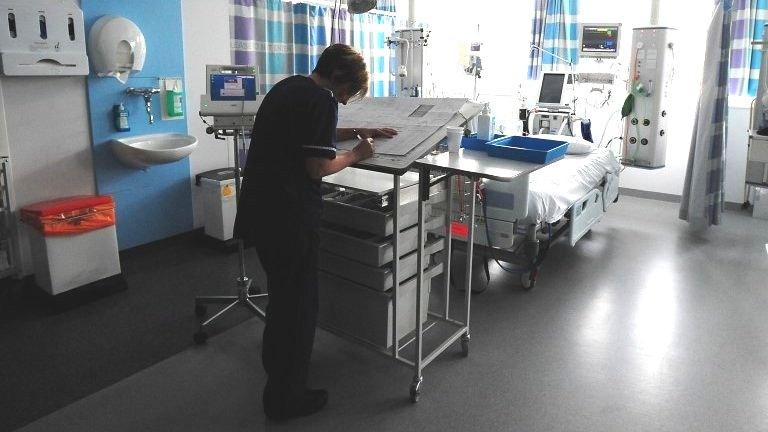Could the NHS learn from Virgin, Apple and co?
- Published
- comments
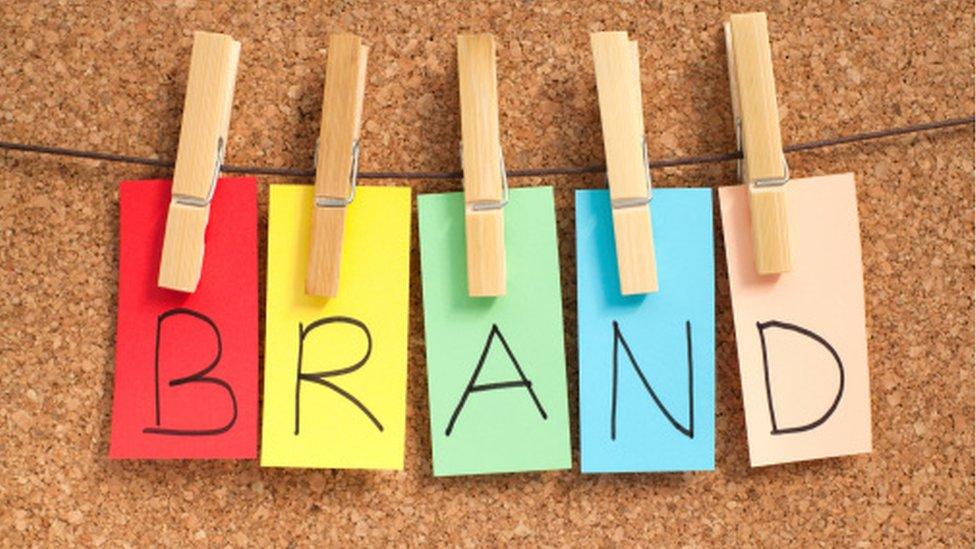
Brand stretching is a common tactic used in the marketing industry. It aims to capitalise on an already successful product by using the brand name in another area.
For example, Virgin was originally a record label, but used its appeal and recognition to spread to other markets and is now just as famous for its trains and planes. Apple has capitalised on it too, using its track record with Mac computers to help it diversify into iPods, iPhones and iPads.
But what, you may ask, has this got to do with the NHS? Well, with winter fast-approaching and attention turning to how A&Es will cope, it's being suggested the marketing technique could help.
Last year was the worst for a decade with waiting times slumping well below target. Spring and summer have brought little let up and so, no doubt, soon we will be bombarded with warnings about how we should only use A&E when absolutely necessary.
Genuine suggestions
But have we got this the wrong way round? Should we actually be encouraging people to come to A&E?
Madness, you may think, but it is actually a genuine suggestion by Dr Cliff Mann, president of the Royal College of Emergency Medicine. In fact, the college has even made a snazzy video, external to emphasise the point.
"No matter how many times we try to discourage people from using A&E, they keep coming," he says. "The problem is it is a trusted brand and by talking about it all the time we just reinforce the message that that is where you can get the care you need."
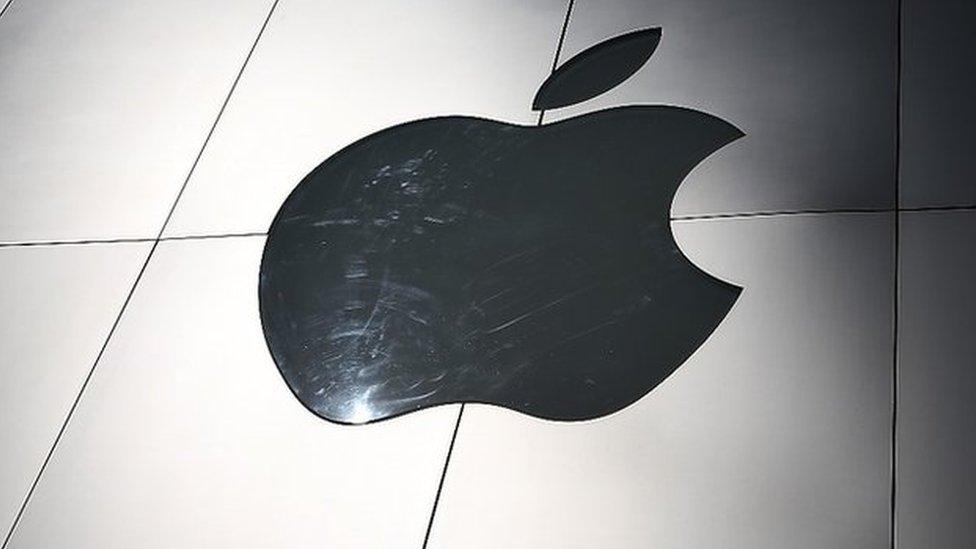
Apple has used brand stretching to capitalise on its track record with Mac computers
So his suggestion is that the NHS should capitalise on the brand by bringing other services to A&E to cater for those that are not emergency patients.
This has already started happening with GPs - about four in 10 A&Es have co-located GP care. But Dr Mann believes we should go further by setting up mental health crisis care, emergency dental care and pharmacy services alongside the A&E department. The emergency department would then just become one part of the A&E brand.
It is an interesting idea - and one that bodies representing GPs and mental health professionals have spoken warmly about.
Treated elsewhere
Estimates vary, but anywhere between 15% and 40% of visits to A&E departments may be unnecessary. That is to say, they could be treated elsewhere.
But what if the elsewhere was the clinic or ward next to the A&E department? In practical terms there may certainly be space - about 5% of the NHS estate is classed as under used.
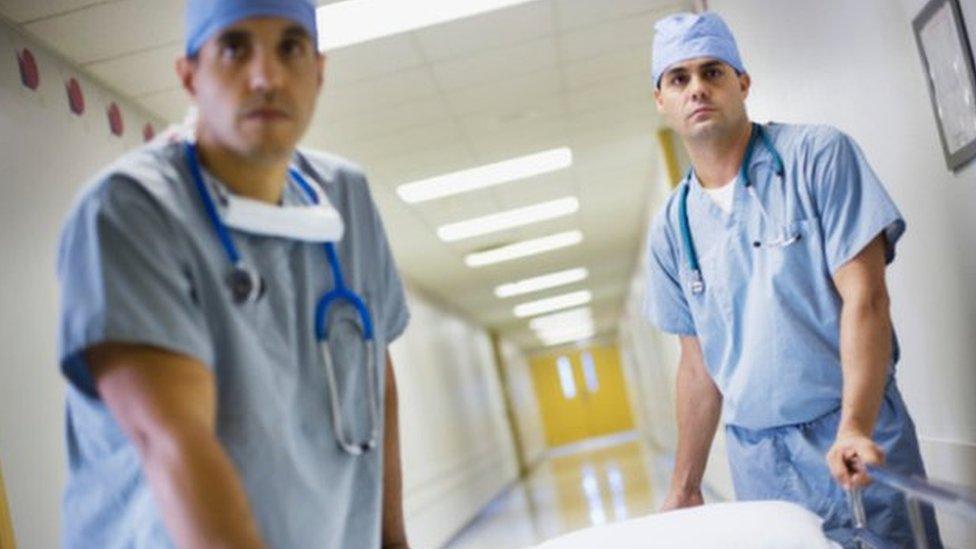
Waiting times hit their worst levels for a decade last winter
However, it does seem to go against the grain of the long-standing mantra of moving care away from hospitals. Indeed, this is one of the central principles of NHS England's urgent and emergency care review, which is under way. It places a great deal of emphasis on developing alternatives such as community pharmacy, the 111 service and GP out-of-hours provision.
But - as Dr Mann acknowledges - changing behaviour can be difficult. A survey last year by the Patients Association and Royal College of Emergency Medicine found half of patients went to A&E simply because it was their preferred location - not because they had been advised to go there. As the NHS hurtles towards winter, the idea of stretching the A&E brand is certainly food for thought.
- Published16 July 2015
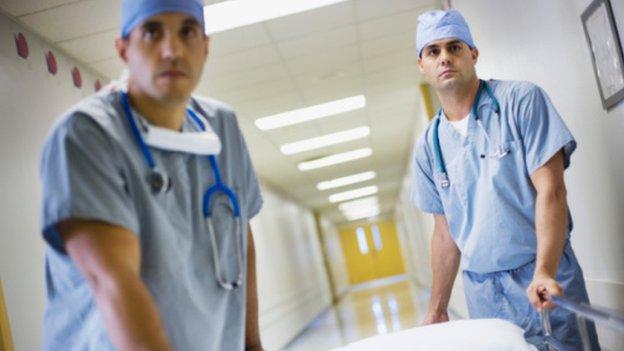
- Published16 July 2015
- Published21 June 2015

- Published19 June 2015
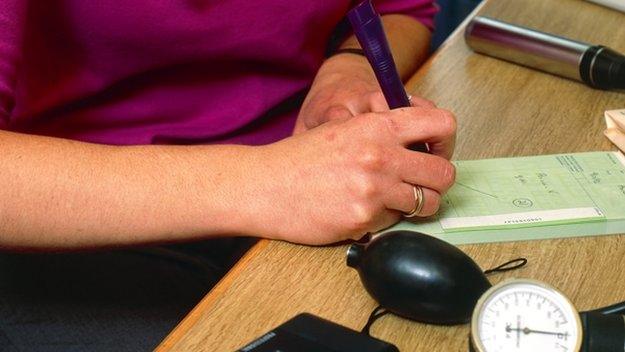
- Published19 June 2015
- Published30 September 2014
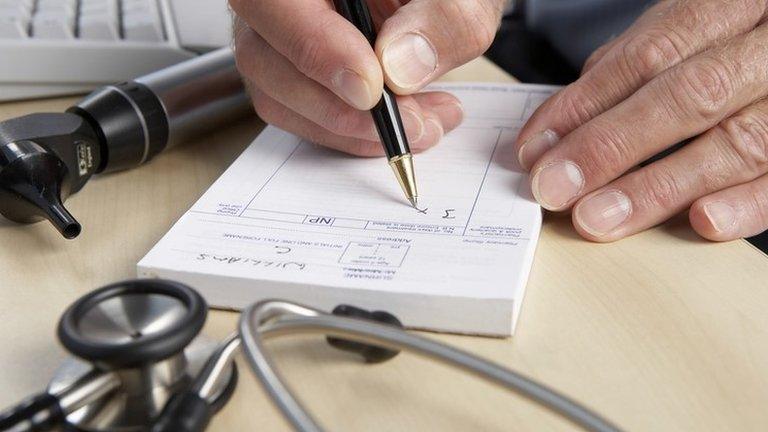
- Published15 December 2013
